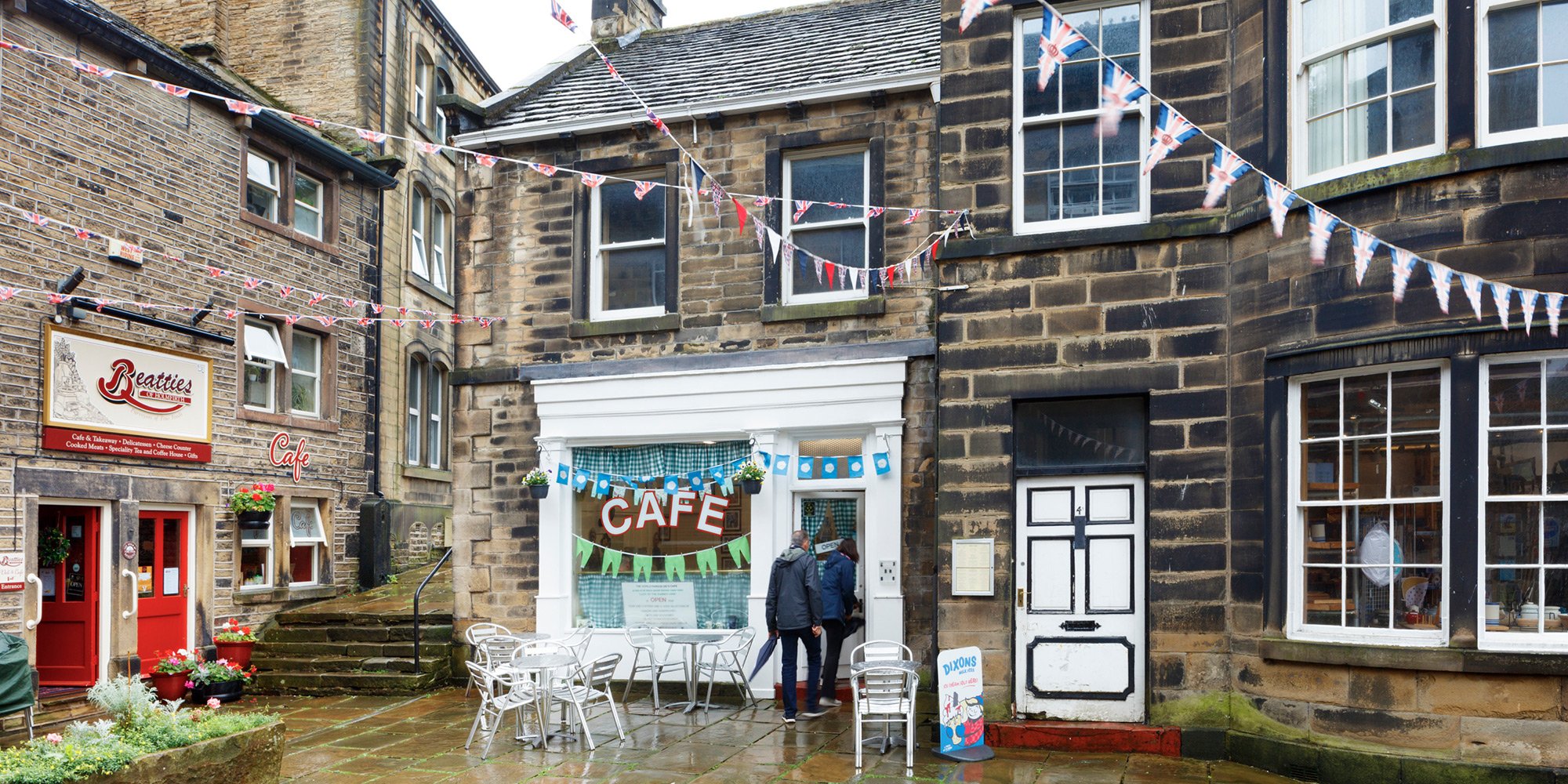Conservation Areas at Risk
Conservation areas are places in villages, towns and cities which are especially valued by people for their historic character and associations. What makes them special is the combination of buildings, streets, spaces and archaeology which combine to make them unique and special places to live and work.
Like other elements of our environment, conservation areas change and evolve over time, in both positive and negative ways.
Change in conservation areas can be negative either through poor quality new development, neglect or even deliberate damage. Negative change can have a real effect upon the way the community feels about their area, affecting confidence, reducing investment, and leading to a cycle of decline. When conservation areas become at risk, this can signify or contribute to an area's social or economic decline.
Historic England provides assistance and encouragement to local authorities and communities to help assess the status of as many conservation areas as possible.
Gathering data on the condition of conservation areas, as well as the main threats they face, helps Historic England to gain a clearer picture of how these important places and areas are sustaining themselves, and importantly how negative change might be halted and reversed.
The future of conservation areas
The reasons why conservation areas become at risk are complex and varied, depending on their situation.
Town and city centre conservation areas are often affected by prevailing trends in the retail economy, or the effects of too much traffic. Picturesque villages and rural landscapes continue to be affected by changes in farming practices or through poorly placed new development in sensitive areas. These factors can cause buildings and other structures to be vacated or neglected, and conservation areas to become at risk.
The work of addressing problems in conservation areas can take time.
Nevertheless, progress is being made, particularly in our High Street Heritage Action Zones, and this is contributing positively to a sustainable future for England's historic places.





